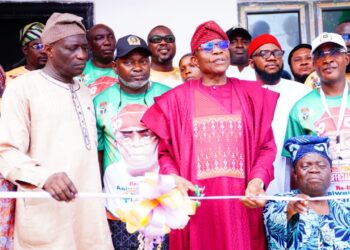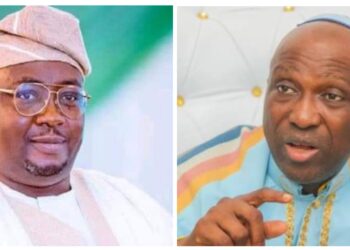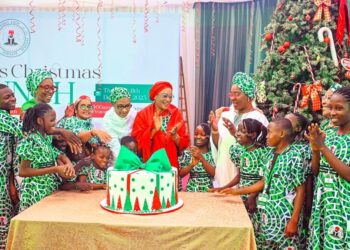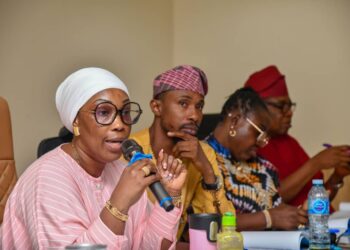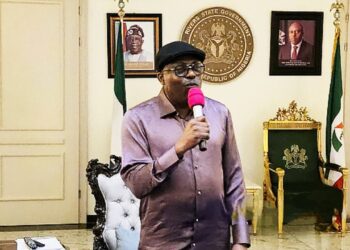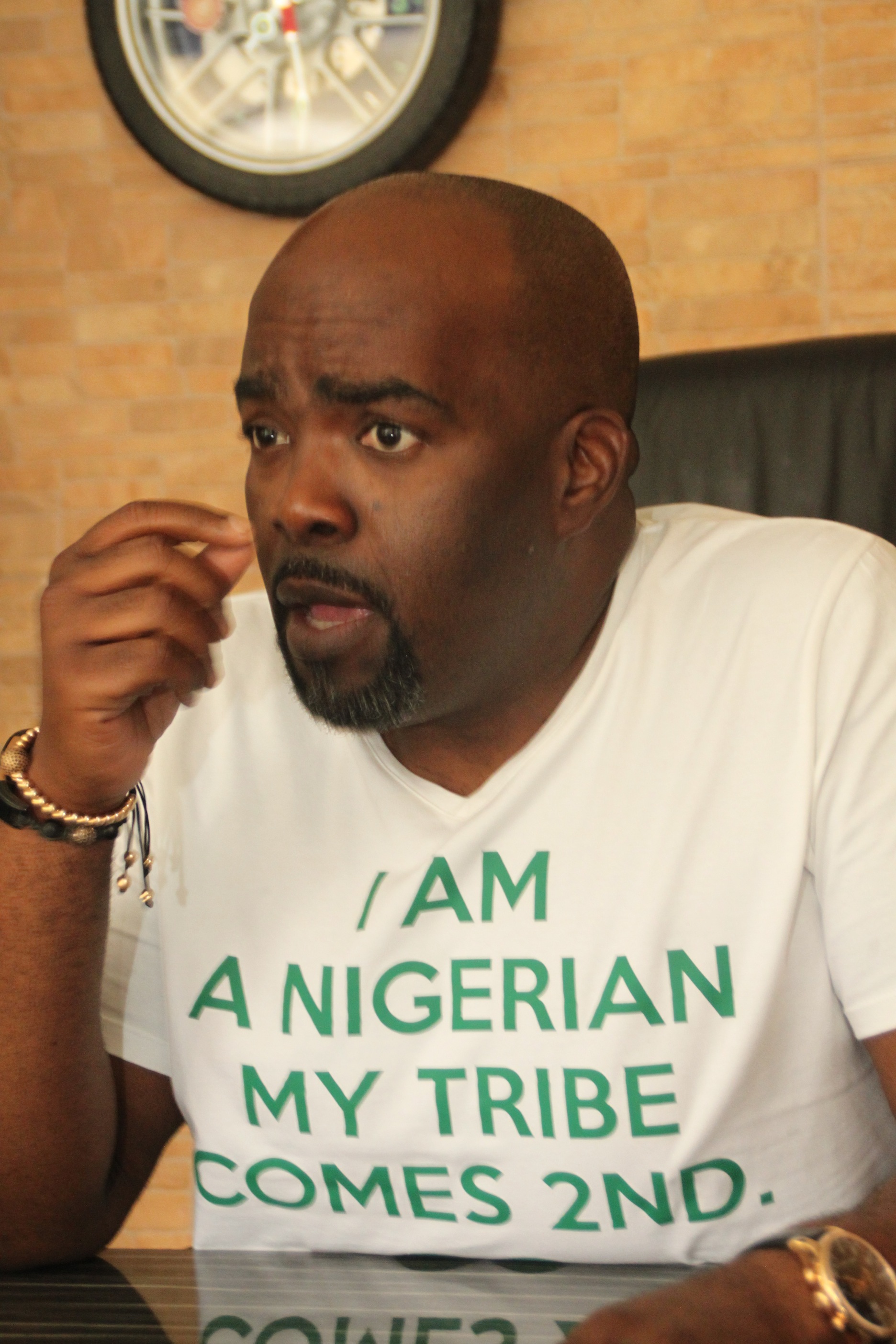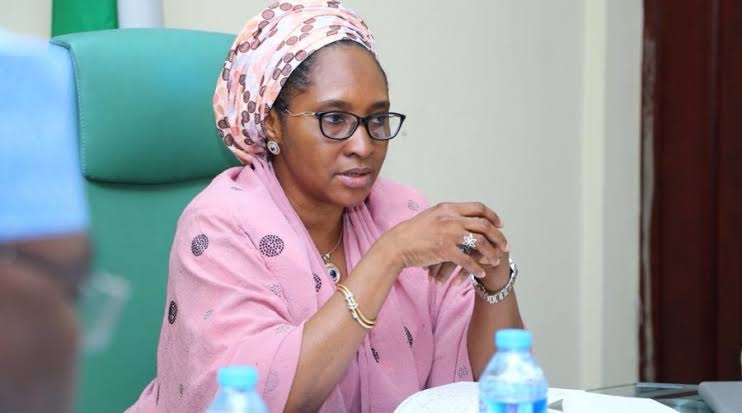The echoes of hope have filled the geopolitical zones of Nigeria and these inaugurated an unending clamour for a messiah who will salvage the wrecked vessel. The candidates are hovering over the electorates with their dulcet voices calling their dogs to bark again and setting loose after feeding them bones. However, we are still mourning the oxymoron, or what do we say to citizens who clamour for a ‘messiah’ and in turn fall victims of capricious messianic Midas touch as wads of naira notes are pocketed. Arguably, ‘The Festoons of Hopes’ of the people is oxymoronic as it contradicts the truism behind their supports. Of course, it is constitutional for everyone to support whosoever they deemed fit, but however, does it mean that an electorate can support a villain in exchange for monetary reasons? Well, it does not concern me- everyone votes whosoever as ensconced in constitution.
To further espouse ‘The Festoons of Hopes’, literature remains a portmanteau to consult for its explorations of recreating contemporary realities before colonial and postcolonial epochs. Since African independence, the people have been in the clutches of leadership crisis and this is inherent across the continent. The Nigerian citizens clamour for a leader who will make life meaningful to them. The word ‘meaningful’ in this context breaks into generational clamours, where the ages 50-80 years clamour for comfort and they are complacent of the follies and malaises aftermath election, while ages 18-40 years clamour for a country that matches with technological advancement as witnessed globally and they are usually advocating things not to go awful after election. In this wise, it is significant to state that these generational clamours are hopes bedecked on each of their candidates. This ‘The Festoons of Hopes’ provokes the question of- will their candidates actualise these hopes and mammoth promises during campaign?
Using Kenyan literary colossus, Ngugi wa Thiong’o’s Black Hermit as a veritable tool of literature to ascertain the simulacrum of probabilities, the major character of the text Remi persuades his tribe (Marua) to vote for the ruling Africanist Party. He is hopeful of ‘The Festoons of Hopes’ hinged on what the ruling party will do coupled with the Marua’s hopes, but Remi becomes discouraged of the party as these hope is stifled by the despotic and selfish leaders. Also, the Marua tribe hopes that Remi would one day restore the mandate; this ideology is a prototype of our subject matter on the expectations bedecked on someone supposedly a saint and at the end of the day these hopes do not work out but fade away. The peoples’ lingering desire for a messiah to actualise their hopes changes into escapism from the ineffectual attempt of self-created reality and living in the dystopia of it will be done by this messiah and later submitted to the common saying ‘one day e go better’.
By and large, the hopes garlanded on these candidates must be tested on the premise of the principles of non-contradiction. Our love and saint-like portrayal of candidates should be based on facts and not to be beclouded by the sentiments we have produced from the platonic love. We must understand that no one is perfect and when supporting anyone we must put the word ‘fallibility’ into consideration so as not to be disenchanted by the unpredictability of whom our sentiments support.
Having portrayed a dystopian piece on the ‘The Festoons of Hopes’, I will leave you all with a question; do we have to hope in a land where hope has been shot and eaten by the people decorated with these hopes or we should keep hoping until hopes find us one day?



